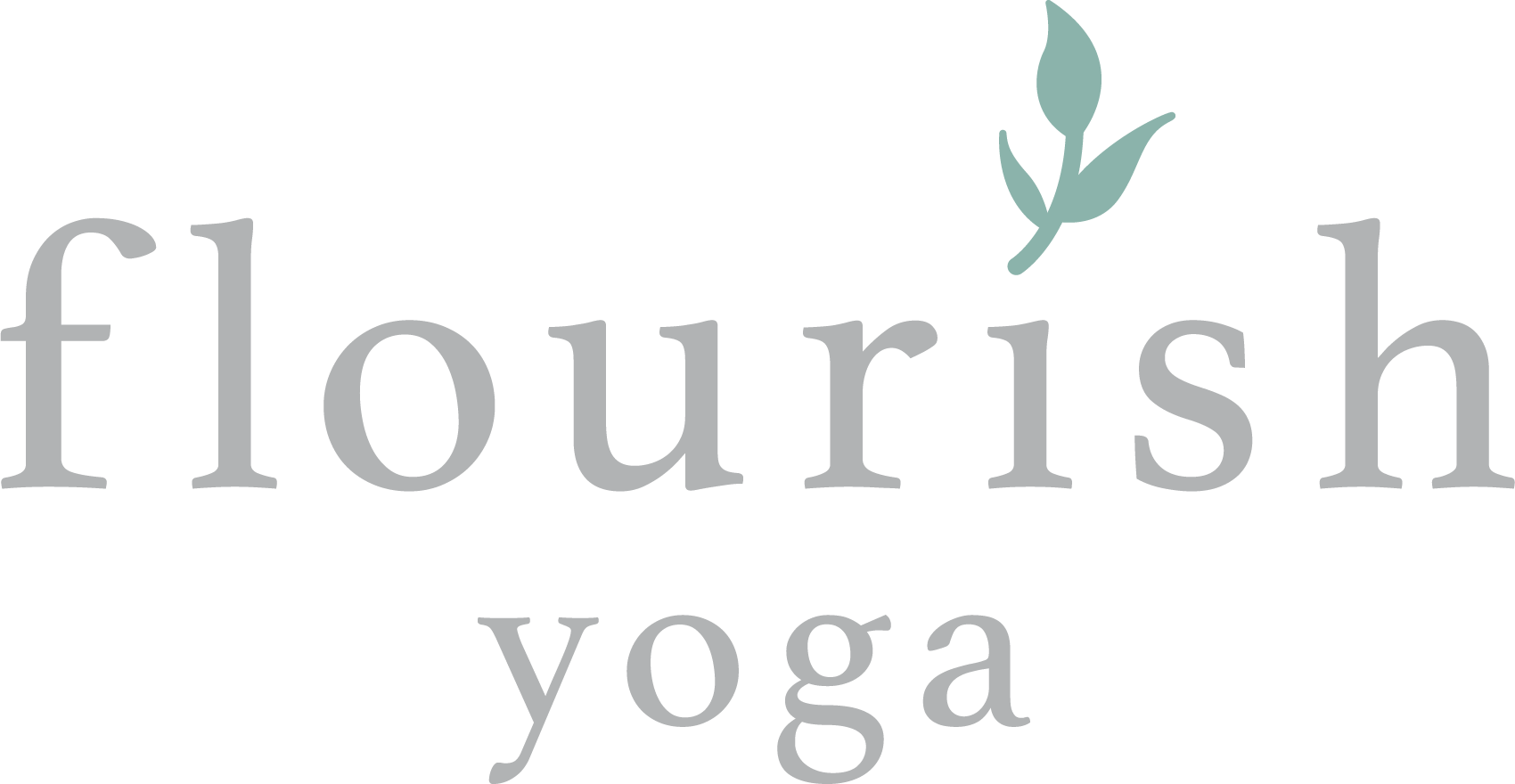What is Hatha Yoga?
The short answer:
It’s Yoga. No gimmicks, no script, no sequence; just classic yoga.
The slightly longer answer:
The term Hatha means forceful in Sanskrit. Don’t ask me how I know that, I read it somewhere and it stuck in the mental library of semi-useless facts in my head. Facts that only become useful when they come up in a pub quiz, or I decide to write a blog on the topic.
’Forceful’ is a strong term that conjures up images of grumpy yoga teachers barking orders and students pushing themselves into all sorts of uncomfortable positions. Not very zen.
However, in context it makes sense.
‘Yoga’ means union or to unite, and back in the day a yoga practise consisted of pranayama (breath work), mantra (chanting) and meditation practises to unite mind and body. The physical practise of yoga as we know it in the West (postures, movements etc) appeared a lot later on. I suppose a physically demanding practise does seem forceful compared to a still, quiet meditative one.
At it’s foundation, you could consider all ‘physical’ expressions or styles of yoga to be Hatha Yoga. Ashtanga Yoga, Iyengar Yoga, Rocket Yoga, Hot Yoga - all of these styles combine the elements of Hatha Yoga; breath, focus, mindfulness, alignment and technique with bread and butter yoga poses (Downward Dog, Warrior Pose, Twists, Triangle pose…the list goes on).
You can slow down the flow, speed up the flow, break down alignment & technique, you can heat the room, practise to a count, perform the poses in a specific sequence, you can put puppies in the room, give the practitioners a beer (apparently Beer Yoga is a thing)…but when you strip all of that back you still get that potent combination of breath, movement, asana (poses) and mindfulness.
The beauty of Hatha Yoga is that it can include everything listed above, (maybe not the beer…keep that for after class), but it doesn’t have to. Each class can offer us something different and each teacher can inject their own magic and personality into their teachings.
What to expect
Hatha classes consist of sun salutations, various seated, standing and lying down postures, breathing techniques, inversions, mindful flow and yummy relaxation techniques. We can explore different movements with the body, work to a specific theme, experiment with various breathing techniques and we can modify the postures to suit the individual framework of each body.
In my Hatha Yoga classes you can expect an eclectic mix of everything that I have learned through my own practise over the last 15 years.
Every session starts with a relaxation. Giving ourselves a moment to arrive physically and mentally sets the tone for the next hour or so on the mat.
Once we are all sufficiently chilled out and tuned into the breath we’ll move through a warm up and get the blood flowing. I would consider myself to be ‘blessed’ with a flexible body (mostly down to a consistent yoga practise over the years). But this doesn’t mean I should fly out of bed in the morning and expect to jump into my maximum range of movement straight away. I don’t expect you to either, so we’ll always take time to get warm, take our spine through it’s range of movement, open the chest and shoulders, activate the core muscles, stretch the legs, arms, hips etc. Thorough warm up is the key to keeping your muscles and joints happy and safe.
After that comes the good stuff. The sun salutations, seated poses, standing poses, poses on the front of the body, poses on the back of the body, core work, strength work, pauses to rest, pauses to sink deeper into a stretch, and so much more.
I always have a theme in mind, or perhaps a ‘peak posture’ to work towards, however I don’t tend to plan out or sequence my classes. I am aware that makes me sound unenthused and unprepared, but au contraire! I prefer to be inspired by those in the room with me and bounce off of their energy. And no, its not hippy-dippy airy-fairy crap, we all give off an energy - happy energy, sad energy, high energy, low energy - fact.
This means that each class is different depending on who is there; sometimes a slower-paced class is needed, allowing us to break down the alignment and sink into each pose; sometimes it’s a more dynamic, energy-lifting practise. It also means that you get your say as to what you want to do. I take requests.
After all of that, we relax. Savasana, or relaxation, gives the central nervous system time to integrate the benefits of our practise and calms our energy back down so that we can go back out into the world a rested, re-energised and rejuvenated version of ourselves.
During Savasana we use blankets to keep the heat in, lavender eyebags over our eyes to encourage a more restful state, and if you’re lucky I’ll give you a shoulder and head massage.
I hope that this gives you a little more insight into what to expect from a Hatha Yoga class and more specifically, what to expect from one of my classes. Although, like everything, it’s often best thing to it for yourself.
At the very least, next time someone (me) mentions the term ‘Hatha Yoga’, you’ll know what they’re talking about.



